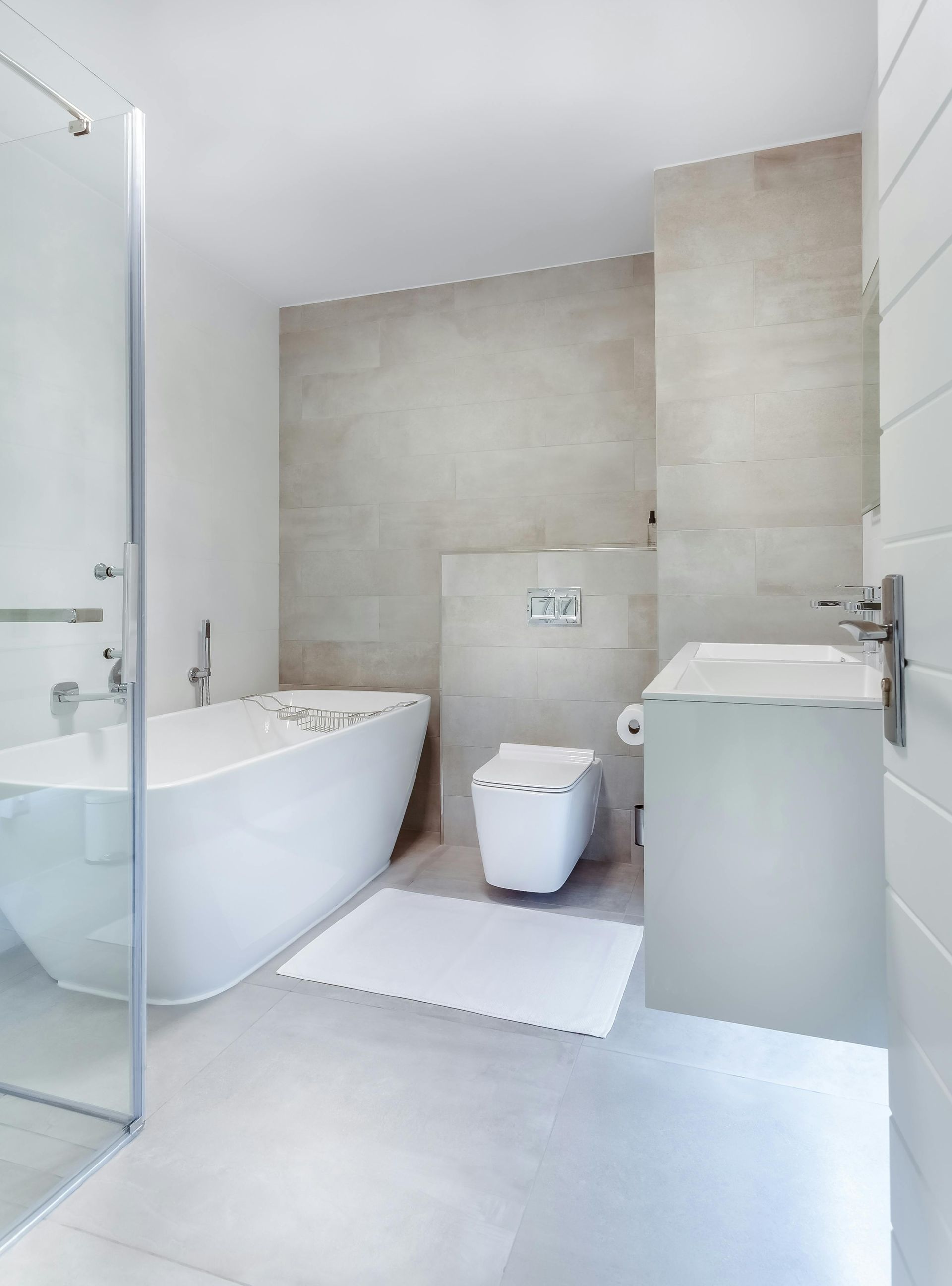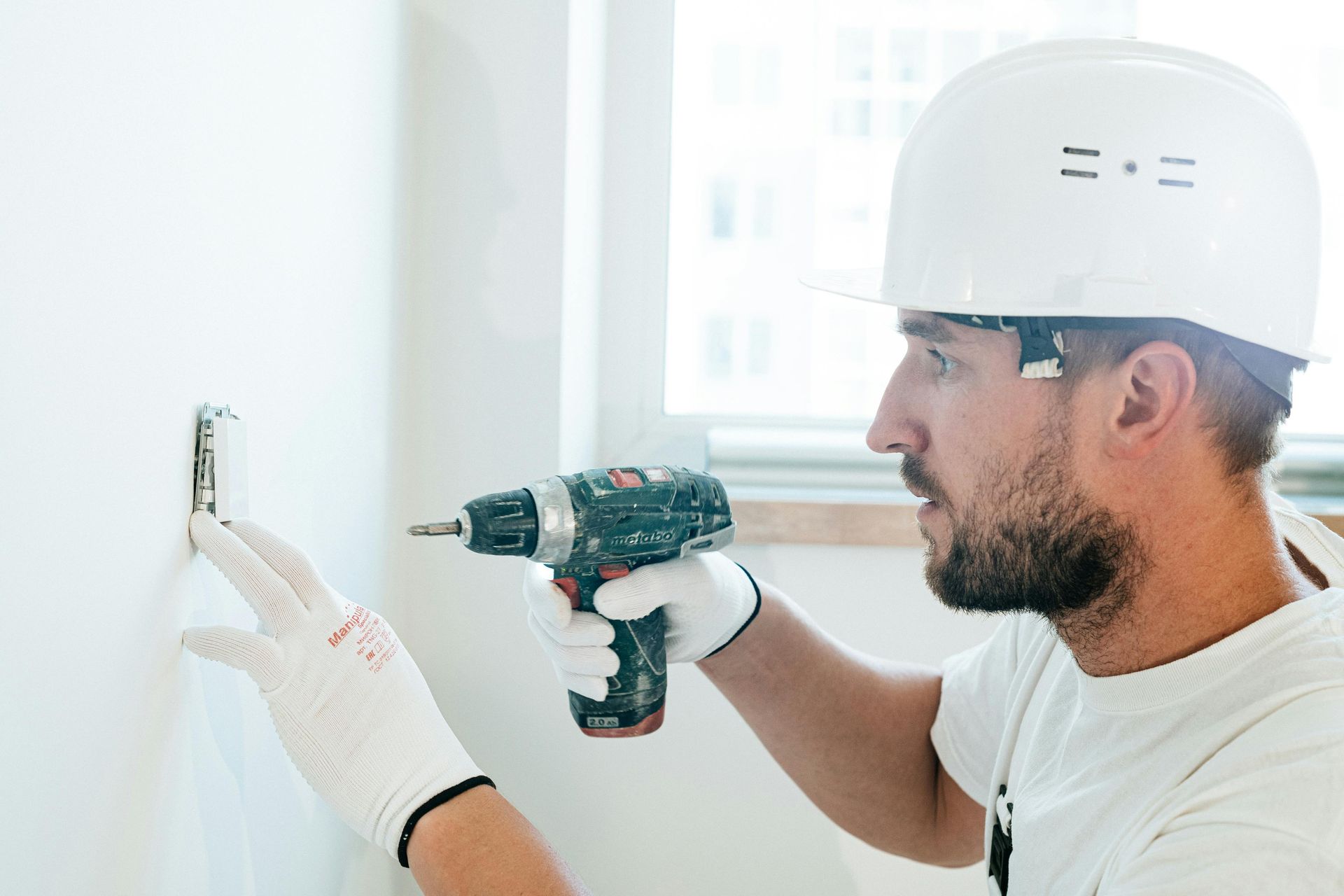
Introduction
Your bathroom is one of the most important spaces in your home - a personal retreat where functionality meets comfort. Whether you're upgrading a dated setup or creating your dream new bathroom, proper planning and execution are key. A well-thought-out bathroom renovation not only enhances your daily life but also adds significant value to your property.
This guide walks you through the essentials of bathroom installation, from design inspiration to choosing the right bathroom fitter, ensuring your renovation runs smoothly from start to finish.
---
1. Start with a Clear Vision
Before you pick up a hammer or order materials, define what you want from your new bathroom. Are you after a spa-like escape with a freestanding tub, or a sleek modern space optimized for functionality? Your vision sets the tone for the entire project.
Start by asking yourself:
- How much space do I have to work with?
- What's my budget and timeline?
- Do I want a complete bathroom renovation, or just small upgrades?
- Which features are must-haves (e.g., double sink, walk-in shower, heated floors)?
Creating a vision board with photos, textures, and color schemes can help refine your bathroom design ideas and communicate them clearly to your contractor or bathroom fitter.
---
2. Plan the Layout for Functionality
The layout is the backbone of your bathroom installation. A well-planned space maximizes usability and comfort.
Here are three popular layout options:
Three-wall layout
The most cost-effective design, where the sink, toilet, and shower share the same wall.
Four-wall layout
Offers flexibility for larger bathrooms, allowing more creative bathroom design elements.
Wet room layout
A modern, open-plan style where the shower area is integrated into the main room, perfect for small spaces or minimalist looks.
When planning your new bathroom, consider flow - make sure movement between the sink, toilet, and shower feels natural. Always check that plumbing lines and electrical points align with your intended layout to avoid costly adjustments later.
---
3. Choosing the Right Bathroom Fitter
Hiring a skilled bathroom fitter is one of the most crucial steps in the process. Even the best bathroom design can fall short if the installation isn't handled professionally.
When choosing a fitter:
Check credentials
Ensure they are licensed, insured and constructionise recommended!
View previous projects
This helps assess their craftsmanship and style.
Request detailed quotes
Include labor, materials, and timelines.
Ask about warranties
A good fitter should guarantee their work.
If you're experienced in DIY projects, you can handle smaller parts of the bathroom installation like painting or tiling. However, plumbing and electrical work should always be left to certified professionals for safety and compliance.
---
4. Selecting Materials and Fixtures
Your choice of materials has a big impact on both aesthetics and durability. Focus on moisture-resistant products that can handle daily wear and tear.
Flooring
Ceramic or porcelain tiles are top choices for their water resistance and easy maintenance. If you prefer a warmer feel, consider luxury vinyl or waterproof laminate flooring designed for bathrooms.
Walls
Tiles, waterproof paint, and PVC panels are popular for their durability and clean look. Accent walls or textured tiles can add visual interest to your new bathroom.
Fixtures
Opt for high-quality taps, showerheads, and sanitary ware that combine function with style. Consider eco-friendly options like low-flow toilets and faucets to save water without sacrificing performance.
Storage
Smart storage solutions - floating vanities, recessed shelves, and mirrored cabinets - help keep your bathroom design clutter-free.
---
5. Lighting and Ventilation
Good lighting transforms your bathroom. A combination of ambient, task, and accent lighting ensures every area is well-lit:
- Ambient lighting for general illumination.
- Task lighting around mirrors for shaving or makeup.
- Accent lighting to highlight design features or create mood.
Ventilation is equally important. Without it, condensation can lead to mold growth and damage. Install a quality extractor fan or upgrade to a humidity-sensing system to protect your investment and keep your new bathroom fresh.
---
6. Budgeting for Your Bathroom Renovation
Renovations can easily go over budget without careful planning. Divide your budget into categories such as fixtures, materials, labor, and contingency (10-15% for unexpected costs).
For example:
- Small Basic bathroom renovation: £5,000 - £6,000+
- Mid-range remodel: £7,000 - £12,000+
- High-end luxury design: £13,000 - £25,000+
Even small changes, like updating tiles or fixtures, can give your bathroom a brand-new look without the full expense of a complete bathroom installation.
---
7. Adding Personal Touches
Once the major work is done, personalize your bathroom design with details that reflect your taste. Add plants for freshness, choose plush towels, and incorporate decorative storage baskets or stylish mirrors. These finishing touches turn a functional space into a relaxing retreat.
For a cohesive feel, stick to a color palette - whether that's minimalist neutrals, calming blues, or bold black-and-gold tones. A well-coordinated new bathroom feels both inviting and timeless.
---
8. Maintenance and Long-Term Care
After completing your bathroom renovation, ongoing maintenance keeps it looking as good as new.
- Wipe down tiles and glass after every shower to prevent buildup.
- Reseal grout lines annually.
- Regularly check for leaks or moisture damage.
A well-maintained bathroom not only stays hygienic but also preserves the investment you've made.
---
Conclusion
Planning and executing a bathroom renovation doesn't have to be overwhelming. By setting a clear vision, hiring a skilled bathroom fitter, and focusing on smart bathroom design, you can create a space that perfectly blends practicality and luxury.
Check out more from the blog here for more helpful tips, tricks and DIY news.



